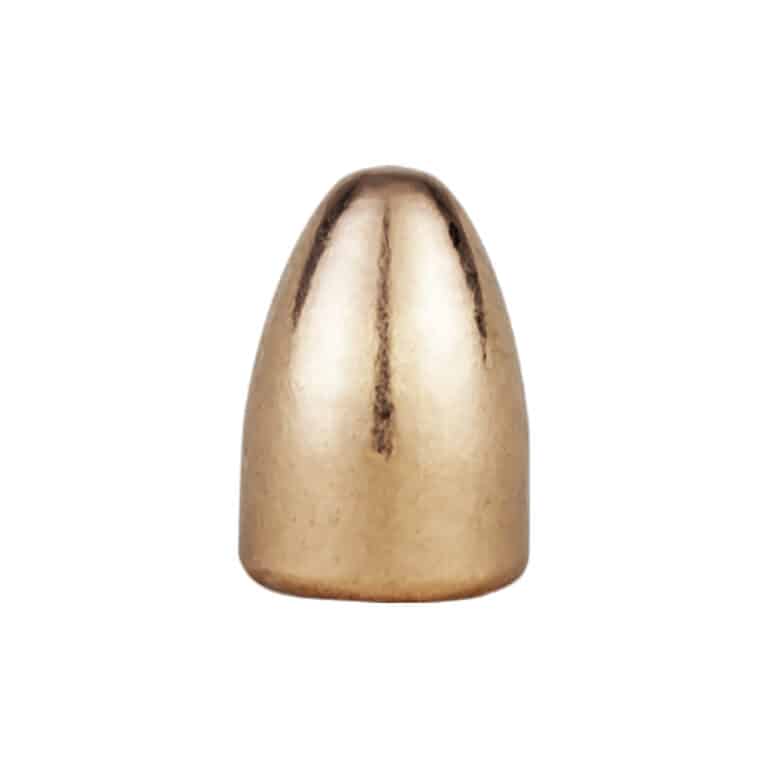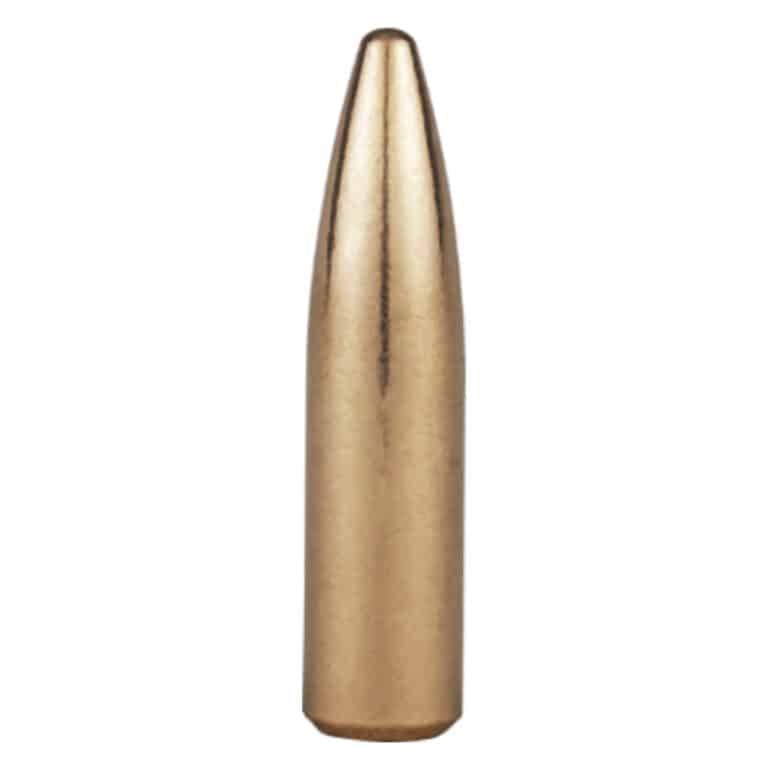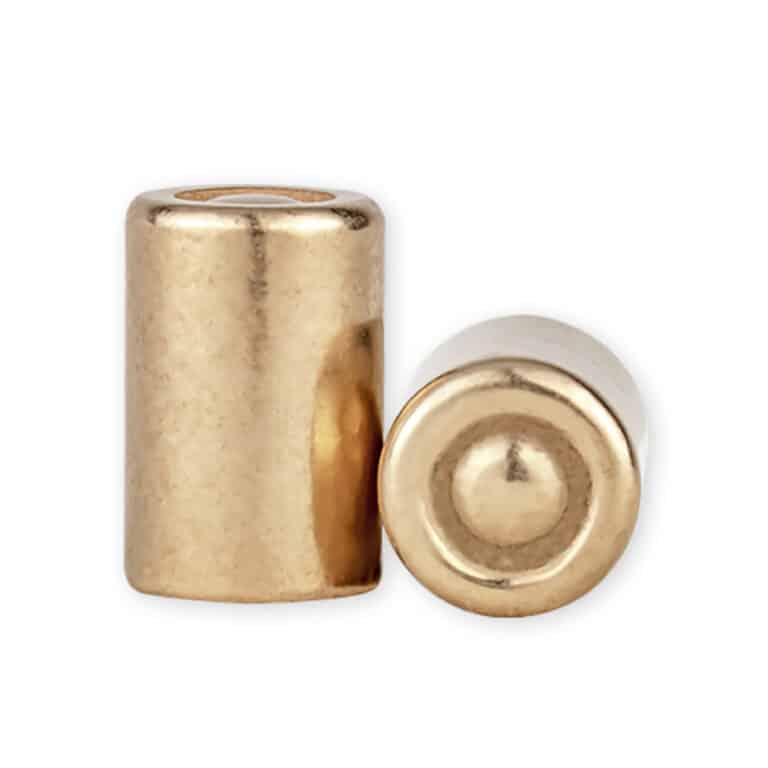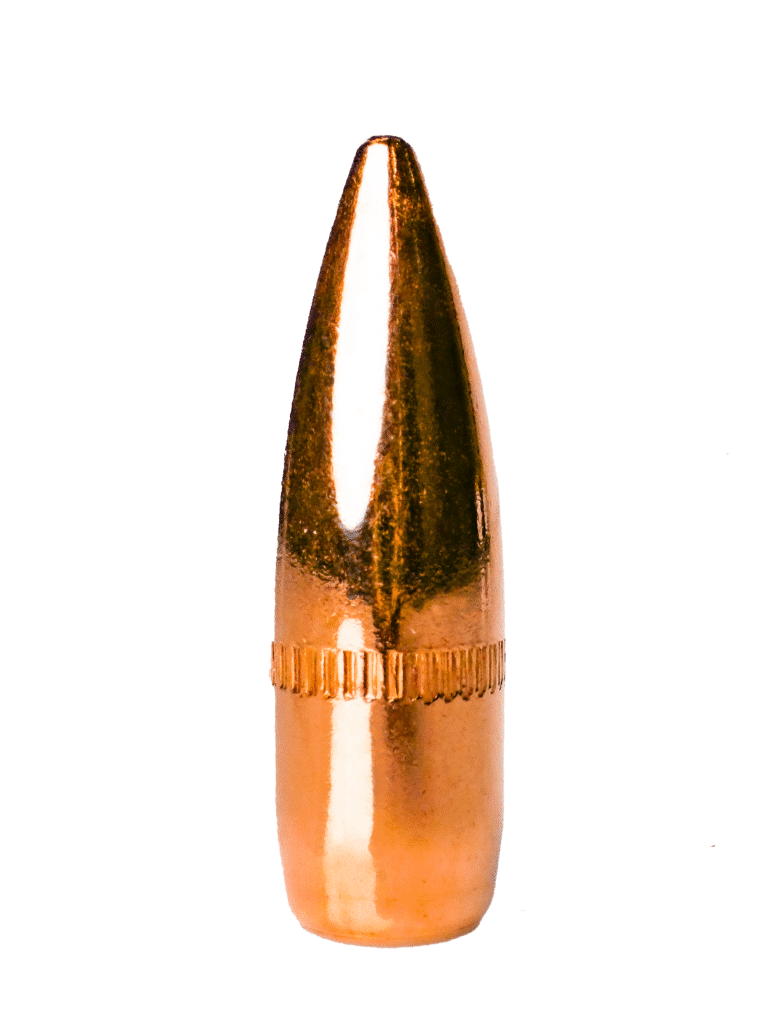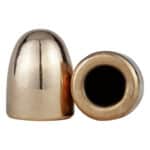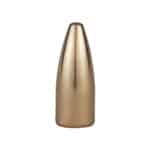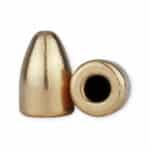Your cart is currently empty!
Bullets
-
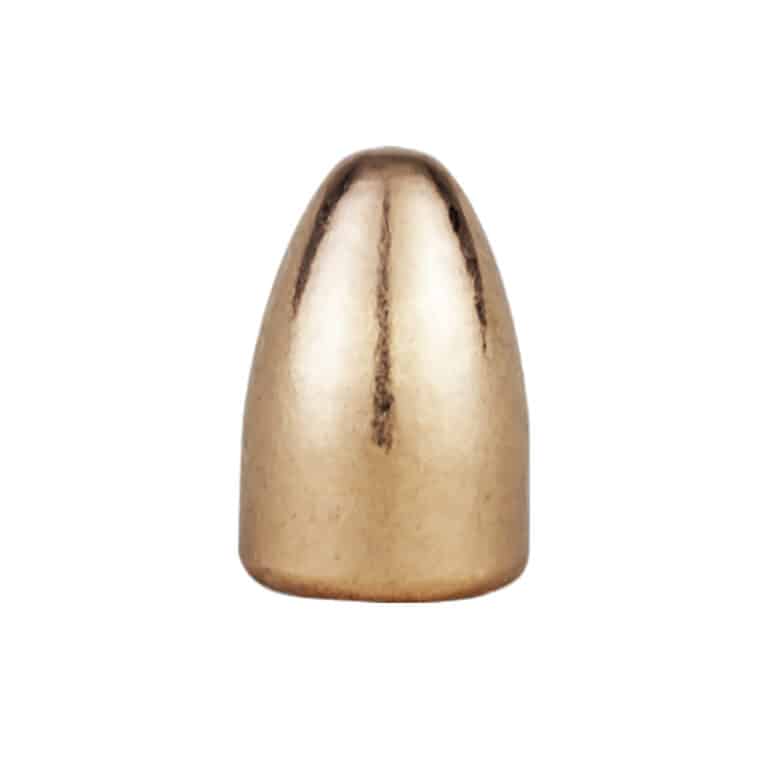
9mm (.356) 124gr Round Nose
$35.99 – $125.99 This product has multiple variants. The options may be chosen on the product page -
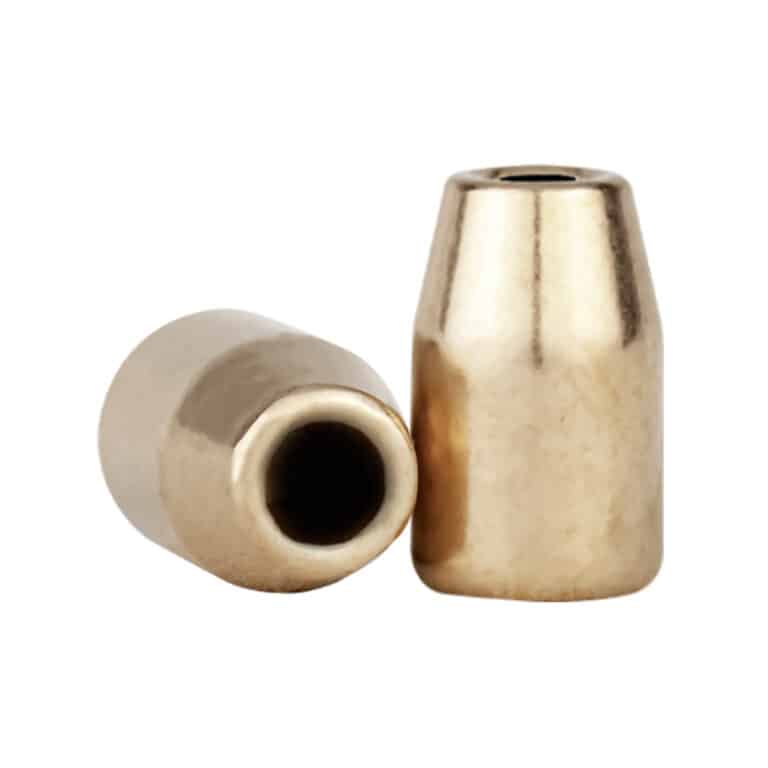
9mm (.356) 124gr Target Hollow Point
$36.99 – $125.99 This product has multiple variants. The options may be chosen on the product page -
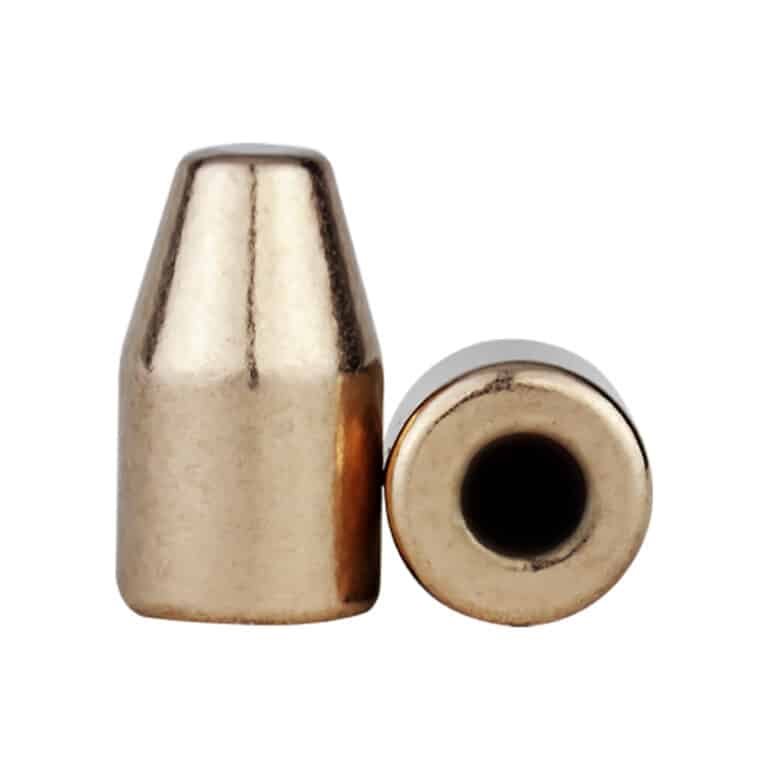
9mm (.356) 135gr Hollow Base Flat Point
$37.99 – $130.99 This product has multiple variants. The options may be chosen on the product page -
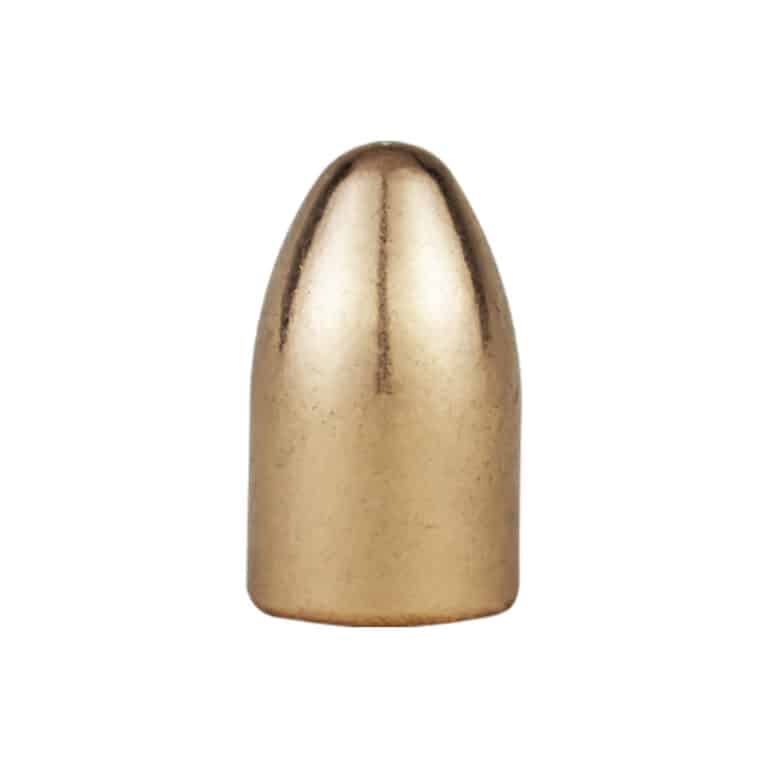
9mm (.356) 135gr Round Nose
$33.99 – $130.99 This product has multiple variants. The options may be chosen on the product page -
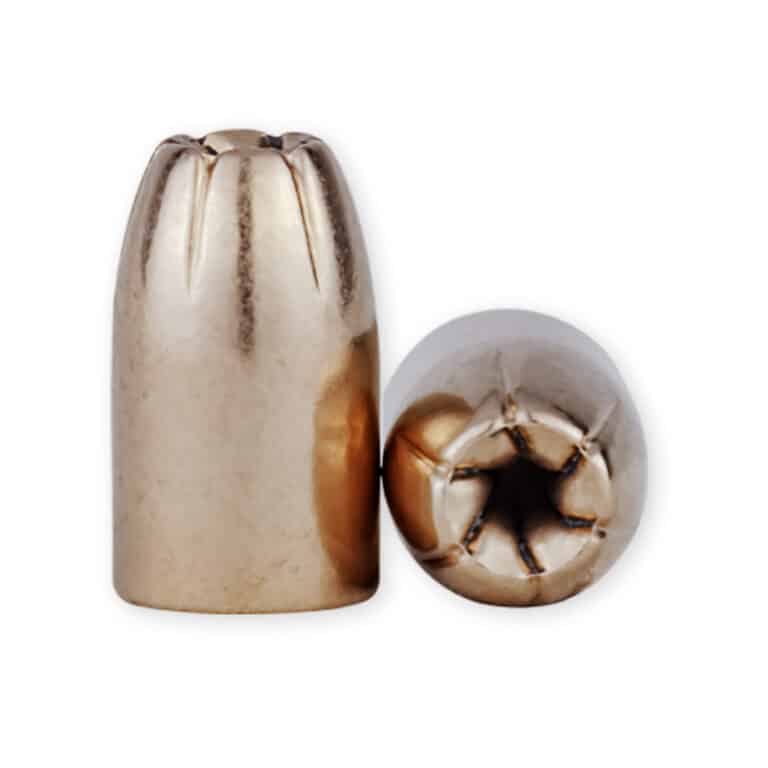
9mm (.356) 147 gr Hybrid Hollow Point
$45.99 – $173.99 This product has multiple variants. The options may be chosen on the product page -
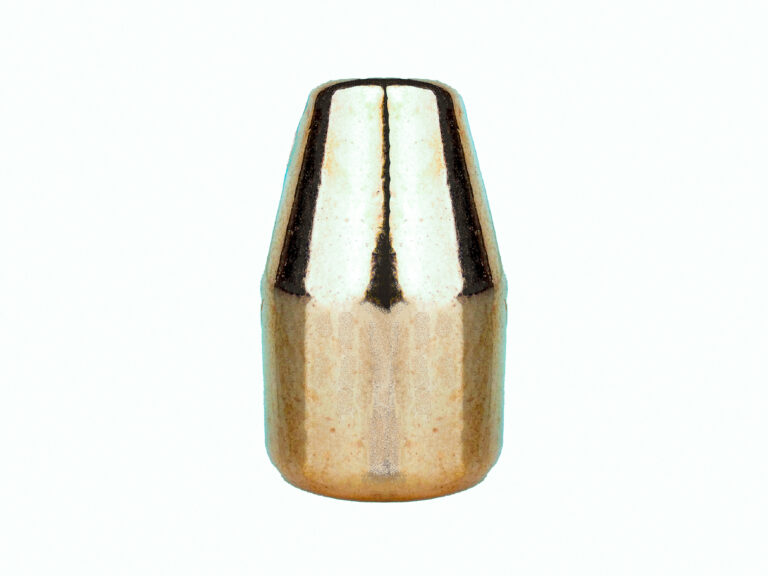
9mm (.356) 147gr Flat Point
$35.99 – $132.99 This product has multiple variants. The options may be chosen on the product page -
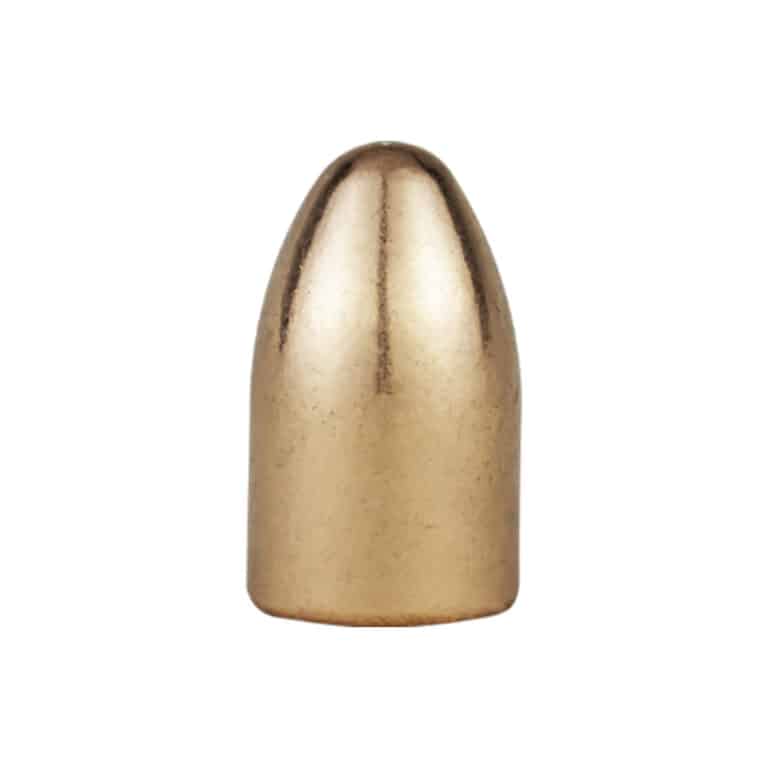
9mm (.356) 147gr Round Nose
$35.99 – $132.99 This product has multiple variants. The options may be chosen on the product page -
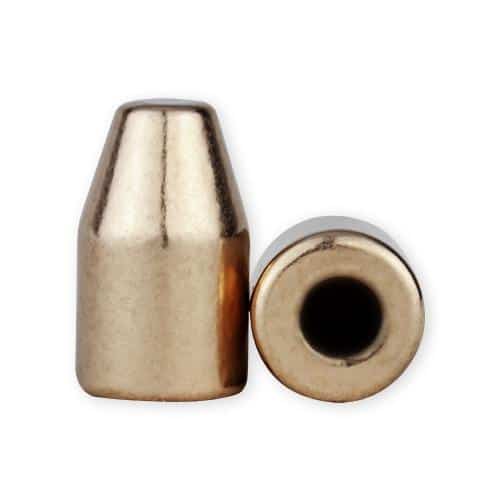
9mm 124gr Hollow Base Flat Point Thick Plate
$39.99 – $128.99 This product has multiple variants. The options may be chosen on the product page -
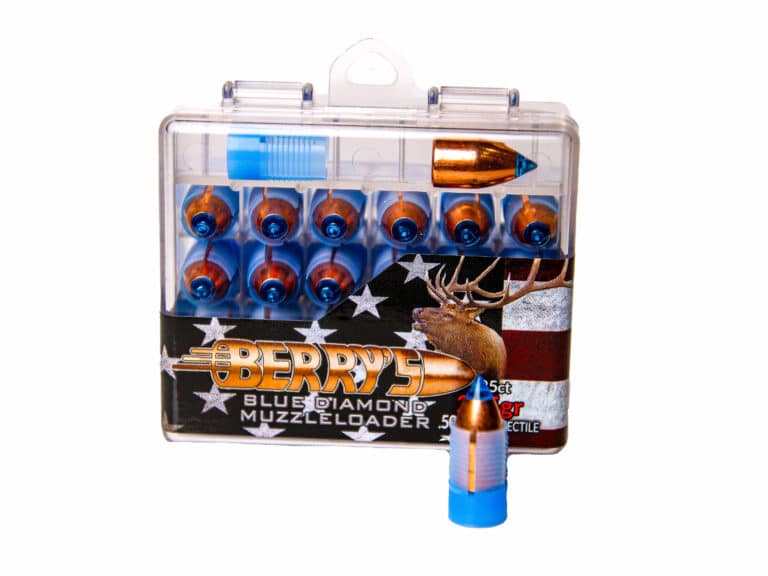
Berry’s Blue Diamond .50 Cal. Muzzleloader Bullets – 25ct
$25.99 – $27.99 This product has multiple variants. The options may be chosen on the product page

